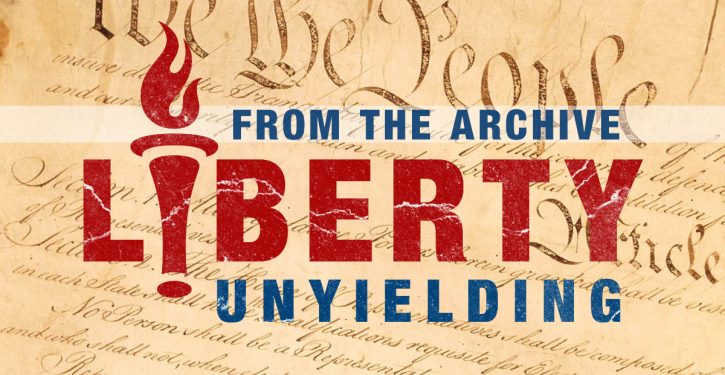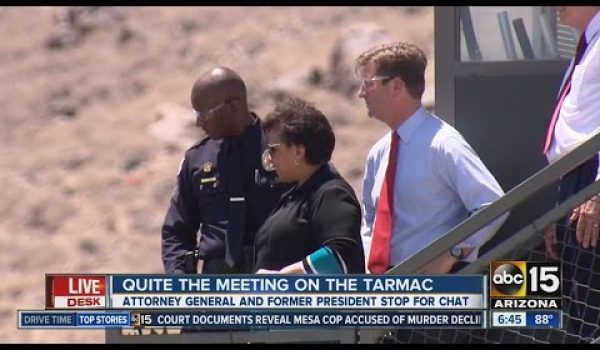
After Brexit, many speculate that the world economy teeters on recession. This makes an opportune time to ask: Why do recessions occur?
This question divides free market economists. After recently blogging on the classical conception of the business cycle, in which I described how “classical” economists believed that economic crashes are due to production errors, a commenter linked to an alternative perspective which suggests that recessions are the result of central banking. While this is true some of the time, it doesn’t explain why recessions plagued the economy before the introduction of the Federal Reserve (Fed) in 1913.
According to classical economists like John Stuart Mill, David Ricardo and others, discoordination between the structure of production and the structure of demand may lead to business failure and possibly recession. How? If producers produce the wrong goods and services for public consumption, producers fail to earn a positive return and their production goes to waste. If production errors are sufficiently large and widespread, the economy may be brought to a halt. Because economic growth begins on the supply side (production), demand-side remedies, such as fiscal stimulus, must fail.
However, the link that the commenter posted posits that the banking system is universally responsible for the coordination failure described above. How? As the central bank lowers interest rates by expanding the money supply, it fuels “‘insane speculation’ and disproportionalities,” which eventuates in a crash.
To better understand this, the theory suggests that interest rates set by the Fed not only signal the price of money, but allocate real resources in the economy. A low interest rate signals that savings are high—that consumers are saving now and deferring consumption (spending on goods and services) to the future. When that happens, businesses are incentivized to invest in hopes of earning future consumer demand. But once firms realize the impossibility of completing all of the projects at the top of the cycle that were commenced at the bottom of the cycle, a crash and subsequent correction ensue, whereby structural imbalances work their way back into alignment. Indeed, this is one of the popular explanations of the 2008 economic crisis.
This explanation is valid in some cases. In fact, classical economists don’t disagree that government can and often does cause recessions. Mill, for instance, wrote at length about the disproportionalities often caused by the credit creation process, which likely played a pronounced role in the ’08 crash. But it is difficult to claim the economy would grow uninterrupted were it not for central banking. After all, successfully anticipating the desires of consumers one hundred percent of the time is an impossibly difficult task, which is why classicalists recognized that either a large miscalculation or a series of simultaneous ones can collapse the economy, including major downturns in 1819, 1837, 1857, 1873, 1893 and 1907, well before the creation of the Fed.
Moreover, classicalists denounced demand-side fiscal policies — “stimulus” packages — as misguided exercises that only divert resources into unproductive ends. While palliative measures are optimal which target the supply side — that is, target forms of expenditure that might be expected to earn a positive return — the economy can only truly recover when left to rebalance itself.
Although this notion is far outside the lines of our fashionable economic theories, it’s crucial to understand the proper economic dynamics. And that means that while government sometimes causes recessions, the key is understanding that it is not demand deficiency but the disharmony between production and demand that is the problem in recessions. Until that is embraced, we have no hope of advocating sound policy.
Cross-posted at Diversity of Ideas



